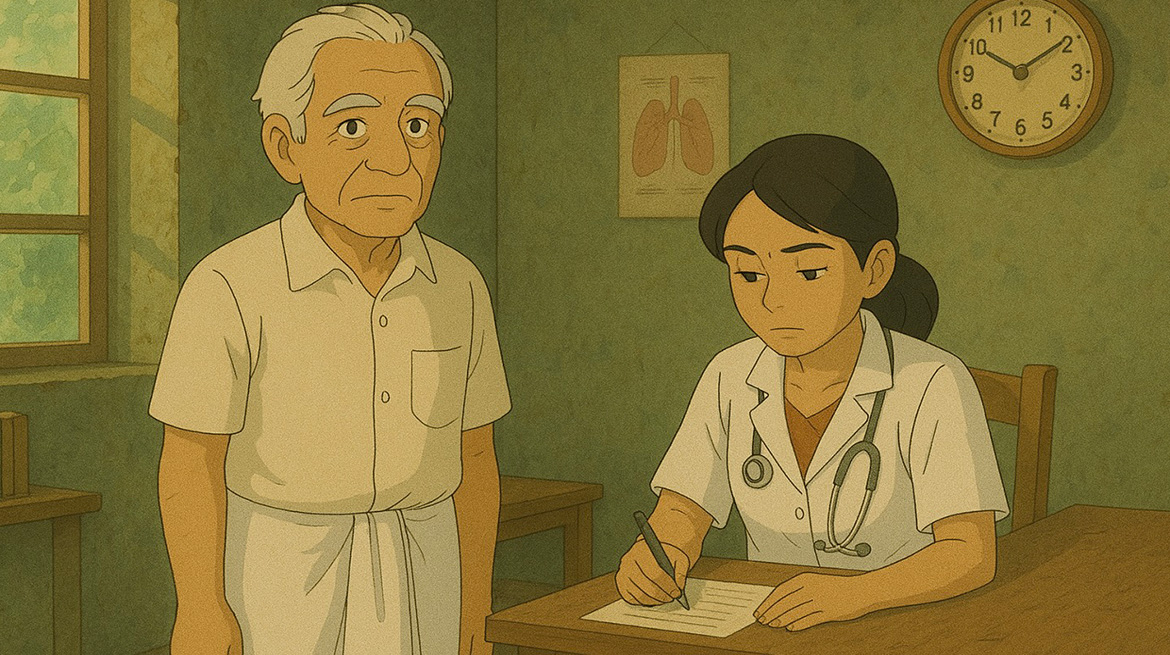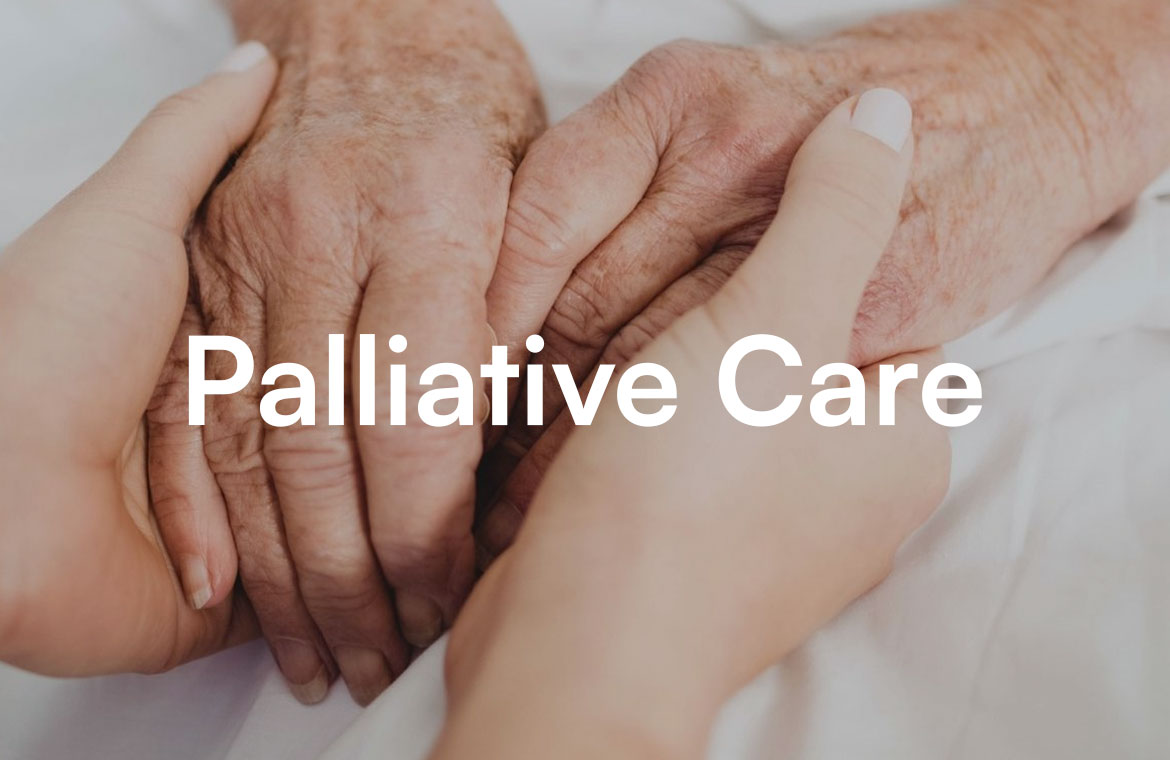While working at our peripheral health centre, I examined an elderly hypertensive patient who had come for a routine blood pressure check-up and medication refill. I first made him sit comfortably (around 30 seconds), then began taking a detailed history (total time: 15 minutes). During the section on past history, the patient revealed he had undergone bypass surgery five years ago and had been on medication since. He visited our centre solely for blood pressure monitoring and related prescriptions. When we asked to see his previous medical records, he didn’t have them on hand. Since he lived nearby, we requested that he bring them along.
After reviewing his history and examining the records, we discovered he was on multiple medications—many of which were unnecessary. It turned out that he was originally prescribed these drugs after surgery at another hospital, where he was expected to follow up regularly. However, due to irregular follow-ups, he continued taking the same medications long-term without re-evaluation—leading to a clear case of polypharmacy.¹
Polypharmacy is a growing concern in the geriatric population. It increases pill burden, raises out-of-pocket expenditure, and exposes patients to unnecessary side effects. Unfortunately, just as I was deeply engaged in this case, a senior interrupted, urging me to move on quickly so that the OPD could finish on time.
The rapid examination and documentation took another 5–10 minutes. Pallor was evident, and the patient was also found to be anemic. But the conclusion wasn’t limited to writing a prescription. I spent an additional 5–10 minutes counseling the patient—emphasizing the importance of regular follow-up, carrying health records, and recognizing that many of his current medications—such as the two types of multivitamins he was taking—were no longer necessary. I also provided dietary counseling and prepared an offline health record for him, considering his discomfort with digital platforms.
This experience reaffirmed something we all know but often fail to practice: a thorough, age-appropriate clinical assessment, with personalized counseling and treatment, takes time—at least 15–20 minutes per patient. Yet, in many healthcare settings, the pressure is more about completing the OPD than ensuring quality care.
“Jaldi karo, itna time kaun lagata hai?”
“Jaldi jaana nahi hai kya?”
“Bahut dheere kaam karte ho.”
“In sab ki zarurat nahi, history rehne do—seedha investigation karwa lo.”
“Bas nipta lo kaise bhi, waise bhi seniors ko number se hi matlab hai.”
These are common refrains heard in clinical settings. While tertiary care centers are understandably overburdened, secondary and primary healthcare facilities—tasked with ensuring quality under the National Quality Assurance Programme—should also prioritize time-based, qualitative care. Private healthcare providers, too, can and should invest in quality, not just quantity.
Some questions that came to my mind:
What if only the blood pressure had been measured, and the patient was sent home without a full history?
(Patients are not medically trained—we cannot expect them to share all relevant information unless we ask.)
What if, instead of in-depth history-taking and examination, he was simply referred for multiple investigations?
(Being elderly, patients often hesitate to undergo investigations, especially when they are not free or easily accessible.)
What if his previous health records hadn’t been checked?
(Many patients, especially the elderly, do not carry their records. Despite initiatives like the Ayushman Bharat Health Account [ABHA ID], not all patients have one, and not all are tech-savvy.)
What if, despite proper examination, the patient wasn’t counseled?
(He might not have understood the seriousness of his condition.)
What if screening for other ailments hadn’t been considered?
(We might have missed coexisting conditions that could have been treated in time.)
India has achieved a doctor-population ratio of 1:834². But it’s not just about numbers. Investing in the quality of care—starting with the time spent per patient—can enhance patient satisfaction, build trust, and reduce future health expenditures by preventing complications.
As Sir William Osler famously said:
“The good physician treats the disease; the great physician treats the patient who has the disease.”
To truly treat the patient, we need time—time to listen, understand, and connect. Ironically, in today’s fast-paced healthcare system, this crucial component is being sidelined. Of course, time alone doesn’t guarantee good treatment. But without it, quality inevitably suffers.
Current healthcare data collection emphasizes quantity—number of patients seen, referrals made, etc.—but says little about the quality of care delivered. The National Quality Assurance Scheme (NQAS) is addressing this through initiatives like Kayakalp, MusQan, and LaQshya, but broader and deeper interventions are still needed. One such intervention must include acknowledging and standardizing per-patient time in OPDs.
We have inspiring examples to look up to—like Dr. N. P. Mishra from Madhya Pradesh, who followed a standard clinical examination protocol throughout his career, giving prime importance to detailed history-taking. This fundamental skill, emphasized in undergraduate training, is now being sidelined due to reliance on diagnostic tests and overwhelming patient loads.
The updated CBME (Competency-Based Medical Education) curriculum has attempted to bridge this gap by emphasizing the doctor-patient relationship. But for these ideals to reflect in practice, systemic changes are needed—especially those that allow time for quality care.
Achieving SDG 3: Good Health and Well-Being involves strengthening primary health care. One of the foundational principles of this approach is the provision of quality care. Therefore, we cannot wait to achieve the optimum number of doctors before focusing on qualitative treatment. Quality and quantity must go hand in hand.
Re-enforcing the ideology of ‘Vasudhev kutumbkam’ (whole world is one family) we must dedicate our services not only in terms of quantity but also in terms of quality.

Reference:-
Varghese D, Ishida C, Patel P, et al. Polypharmacy. [Updated 2024 Feb 12]. In: StatPearls [Internet]. Treasure Island (FL): StatPearls Publishing; 2025 Jan-. Available from: https://www.ncbi.nlm.nih.gov/books/NBK532953/
https://pib.gov.in/PressReleseDetailm.aspx?PRID=1845081®=3&lang=1





Thank you for highlighting the critical need for time based, patient-centered care in OPDs. As doctor,,, our responsibility goes beyond just treating diseases we must treat the whole patient, which requires adequate time for thorough history-taking.. examination and counseling… Quality care reduces polypharmacy,, prevents complications and builds trust…. I hope we can collectively push for healthcare policies and OPD workflows that support individualized,, compassionate care for every patient, not just faster throughput…!!